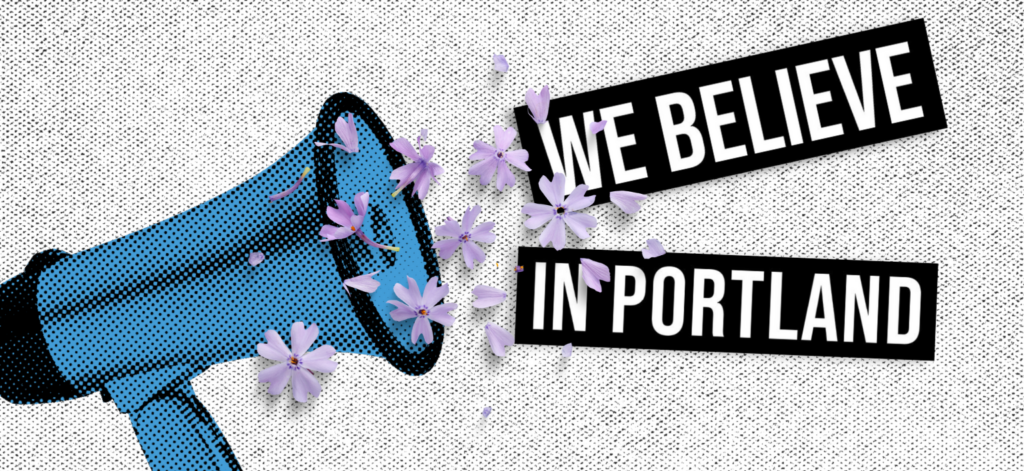If you’ve ever thought interviewing as a candidate is stressful, you haven’t been on the other side of the table, trying to hire the perfect employee off a piece of paper and hour-long conversation. Given the high cost of a bad hire, you need to get it right the first time to avoid rebooting the hiring process — having to refill, retrain, and retain a new employee. Especially if it’s your first time and you’re not sure what to look for, here are some helpful interview tips!
Define Success
If you don’t know what you’re looking for, how will you find it? This is not a hypothetical question. Before you ever post an ad or look at a resume, you have to know the requirements, duties, and hard and soft skills necessary for the role you’re hiring for. Clearly identifying job responsibilities and expectations will help candidates decide whether to apply as well as weed out those people who don’t match your needs.
Understanding the position well is a prerequisite to a great job description. A clear, accurate, and compelling job description should tell a candidate everything they need to know about whether they are the right fit for the role.
You’ll appreciate later the time and effort you put in now, as the precise description will lead to better qualified candidates and help you draft focused interview questions.
Create a Process
Once you know what you’re looking for, you can decide how you’ll evaluate the candidates. We typically recommend breaking the position into basic requirements (e.g. location, degree (if necessary for the role versus a preferred attribute), etc.), necessary hard skills (e.g., project management experience, critical software, or language proficiency, etc.), preferences for soft skills (e.g. autonomy, communication style, etc.) questions that identify whether candidates have the required combination of skills and attitude.
It’s important to conduct consistent interviews and evaluate all candidates using the same criteria. Be consistent — ask the same questions and use the same processes (whether it be a phone screen or Skype interviews for both in-state and out-of-state candidates).
Screen, Screen, Screen!
To make sure your process is efficient and fair, and to avoid the “I-have-a-stack-of-resumes-but-no-one-to-interview” problem, make sure you screen!
You can shorten the process by sorting resumes into three piles: top resumes into one pile, obvious duds in another, and a parking lot for consideration only if the top resumes are not the right fit.
Things to look for in resumes:
- Aesthetics and detail: accuracy, consistent formatting, spacing errors, fonts
- Qualifications: education, experience, skills, measurable accomplishments, detail, increasing responsibility
- Red flags: inconsistency with LinkedIn, gaps in employment, job hopping
After selecting top candidates, do a little bit of additional screening and if all still looks good, schedule a brief phone interview.
The phone interview should be 15-20 minutes and the intention should be to screen out weaker candidates. This is a good time to ask deal breaker questions or inquire into areas that might be red flags. For example, you can ask someone with 15+ years of experience applying for a job that only needs 3+ years: “We’re impressed with your background, which is more experience than the position requires. We want to make sure we’re not wasting your time. The salary range we’ve been considering is this. Does this work for your salary requirements?”
Ask Good Questions
The questions you ask each candidate should generally be the same, unless you are asking them something specific to their background. Good questions will reveal the answer to whether the candidate has the necessary skills and requirements for the role. Don’t rely solely on Google for answers to typical questions.
Go through your job description again and formulate questions that focus on the key skills and responsibilities of the position. Then, devise questions that can expand on a candidate’s resume regarding important details about the person’s background or focus on concerns you have.
Make sure you go “three deep” in your questions. Don’t allow a candidate to give a generic answer or fail to follow-up on a key point:
You: What is the most important benefit you’re looking for in your next job?
Applicant: Flexibility.
You: What does flexibility mean to you?
Applicant: Work from home options.
You: How much do you need to work from home?
Applicant: Two days a week.
Lastly, always end with the question: “What questions do you have for me?” The answers will reflect a candidate’s motivation, personality, and interest or a lack thereof.
Avoid Common Mistakes
You want the candidate to want to work for you, so don’t turn them off by being standoffish, cold, or rushed. Smile, be courteous, and use small talk to establish rapport with the job seeker.
Structured questioning and scoring is important, but don’t just stick to the script. Actively listen, pick up on details and go beyond the standard questions when needed — but above all be conscious about judging just based on likability (the “Halo Effect”).
Make sure you know which questions are no-gos – they tend to involve family, race, religion, etc. Double check them before you start interviewing!
Also identify common red flags: if a candidate stumbles through initial questions (beyond being nervous), has a negative attitude, is overly confident and claims credit for all previous accomplishments, speaks only in generalities, is not prepared, or only asks questions about salary and benefits. If you have a general bad guy feeling, make sure to follow up.
If an otherwise perfect candidate says one thing that seems off, don’t write them off entirely. Ask a follow-up question and give them a chance to explain further.
Choose the Best
If you know after the interview who you want to hire, congratulations! However, double check that you’re not just hiring based on gut feelings — justify your decisions with consistent process, taking notes, and checking candidate references. It’s hard to admit, but studies have shown we can be biased even when we’re trying not to be. In the end, the process might be more cumbersome, but it’ll also be fairer — plus you’ll be more likely to get the best candidate for the job.
If you’re stuck between two great candidates, congratulations! It’s a tough, but enviable place to be. The best question to ask yourself to make sure you’re hiring the best candidate for the job is to ask: “What is the #1 thing I need most in this hire?”
Offer Quickly & Be Creative
Once you and your team reach a consensus, you need to move quickly. Make candidates feel wanted and excited to join the team by extending an attractive and competitive offer as soon as possible, or risk losing out. Good candidates have multiple offers in this market. Make sure yours is the first and best!
Also be ready for candidates to negotiate. There are a number of things besides just offering a good salary that you can use to sweeten the deal for a top hire — think of PTO, sign-on bonuses, flextime perks, paid parking, or something unique for that candidate.
Armed with these tips, we hope you’ll find that perfect person for your team. If you need any additional assistance, we’re here to help with any consultation or questions you have.
Contributed by Abby Engers, Boly:Welch HR Manager




